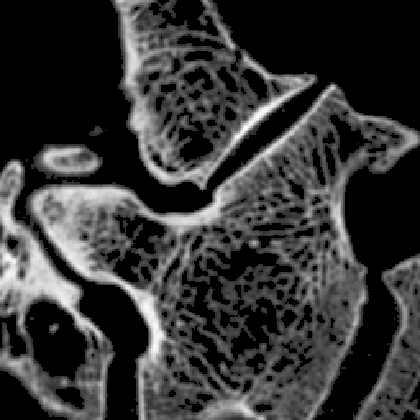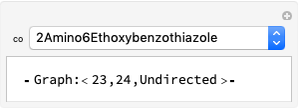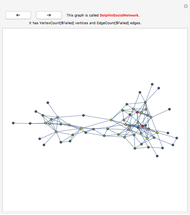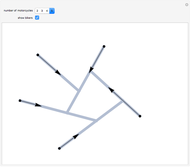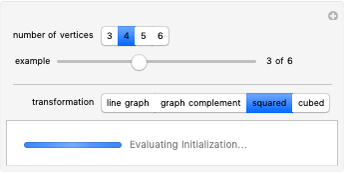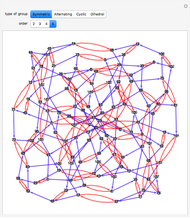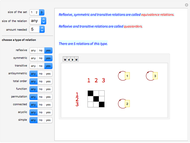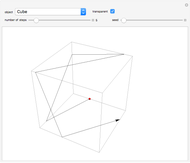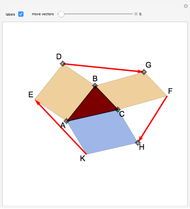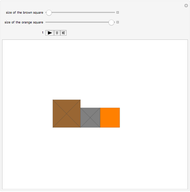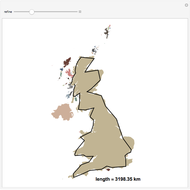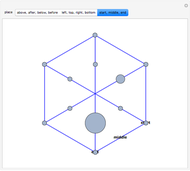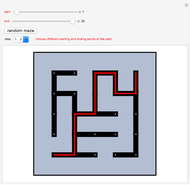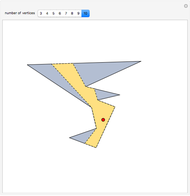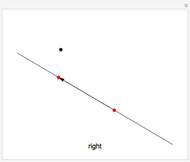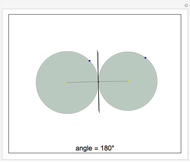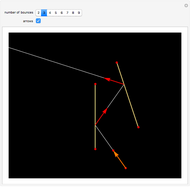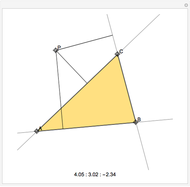From Images to Graphs: Morphological Graphs

Requires a Wolfram Notebook System
Interact on desktop, mobile and cloud with the free Wolfram Player or other Wolfram Language products.
Mathematical morphology is a tool for extracting image components that are useful for representation and description. Developed by Matheron and Serra in the mid 1960s, it is a set-theoretic method of image analysis that gives a quantitative description of geometrical structures. Morphology can provide boundaries of objects, their skeletons, and many preprocessing and postprocessing techniques, especially in edge thinning and pruning. Generally speaking, most morphological operations are based on simple expanding and shrinking operations. The primary application of morphology occurs in binary images. This Demonstration shows the building of the graph corresponding to four images using the Mathematica 8 built-in function MorphologicalGraph. The vertices of the graph are highlighted and its adjacency matrix and several parameters of the graph are also displayed.
Contributed by: Jaime Rangel-Mondragon (August 2011)
Based on work by: Roger Germundsson, Charles Pooh, Jae Bum Jung, Yan Zhuang, Henrik Tidefelt, and Tim Shedelbower
Open content licensed under CC BY-NC-SA
Snapshots
Details
detailSectionParagraphPermanent Citation
"From Images to Graphs: Morphological Graphs"
http://demonstrations.wolfram.com/FromImagesToGraphsMorphologicalGraphs/
Wolfram Demonstrations Project
Published: August 9 2011
